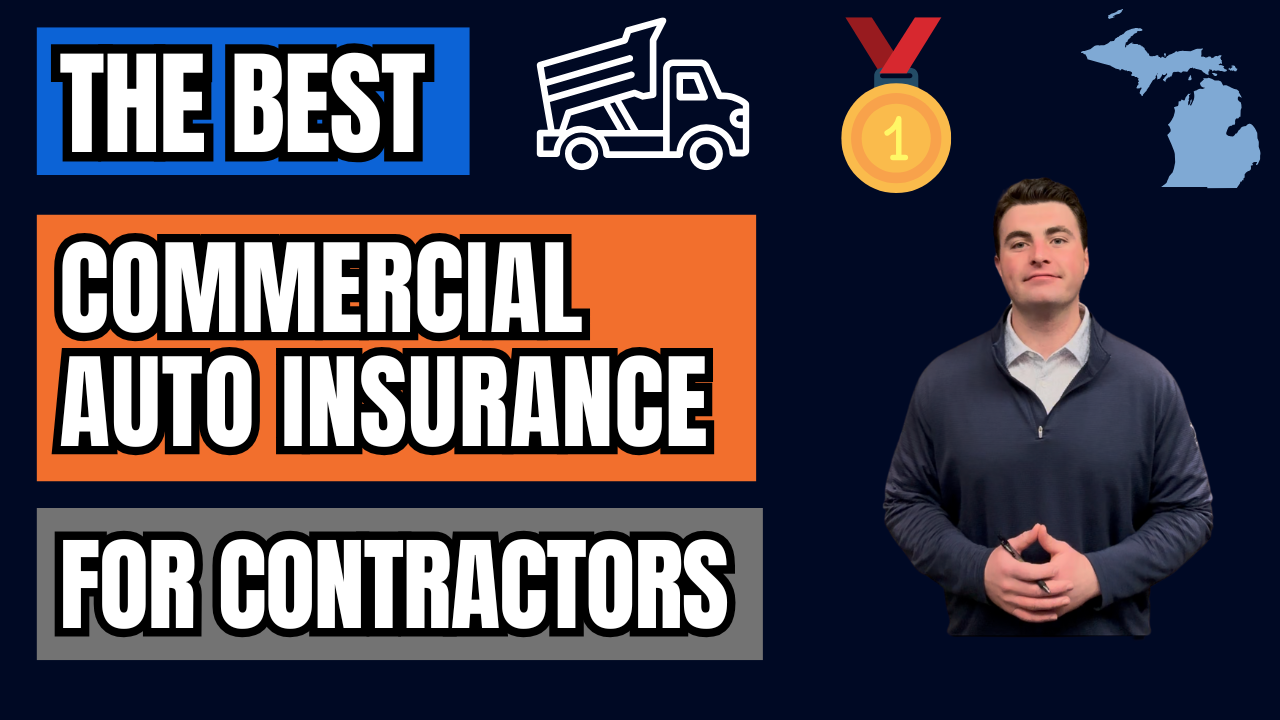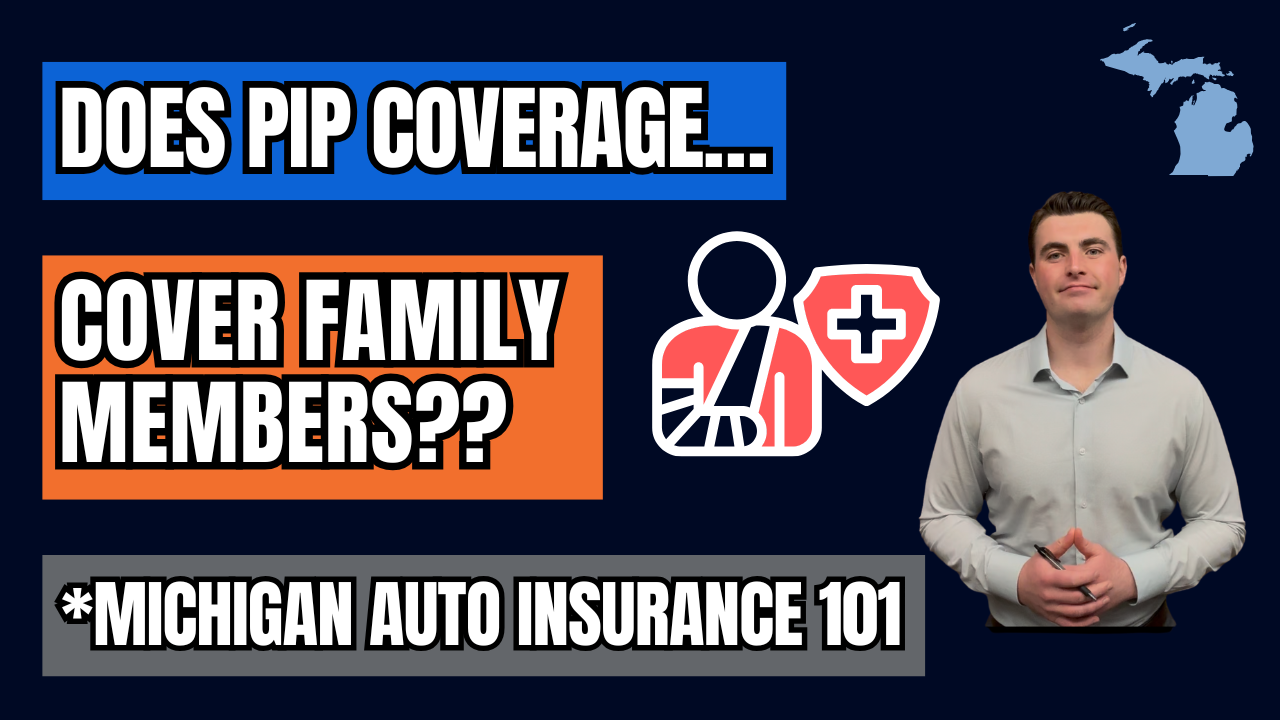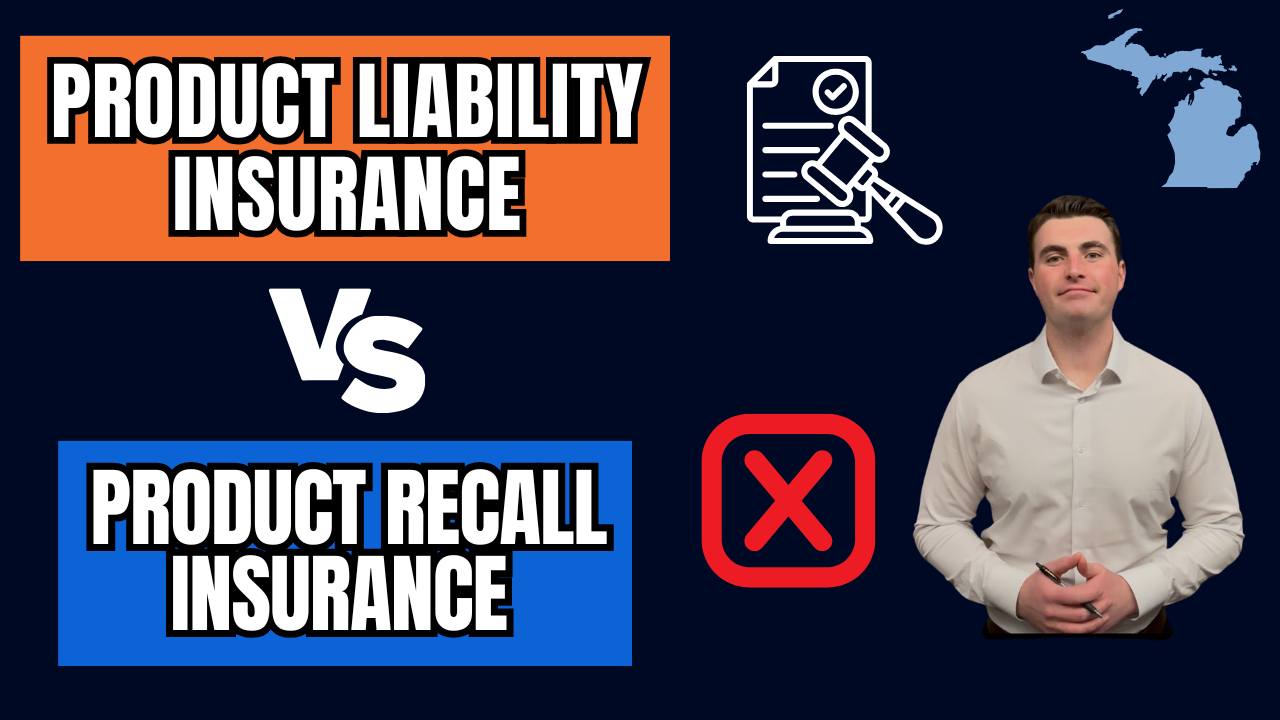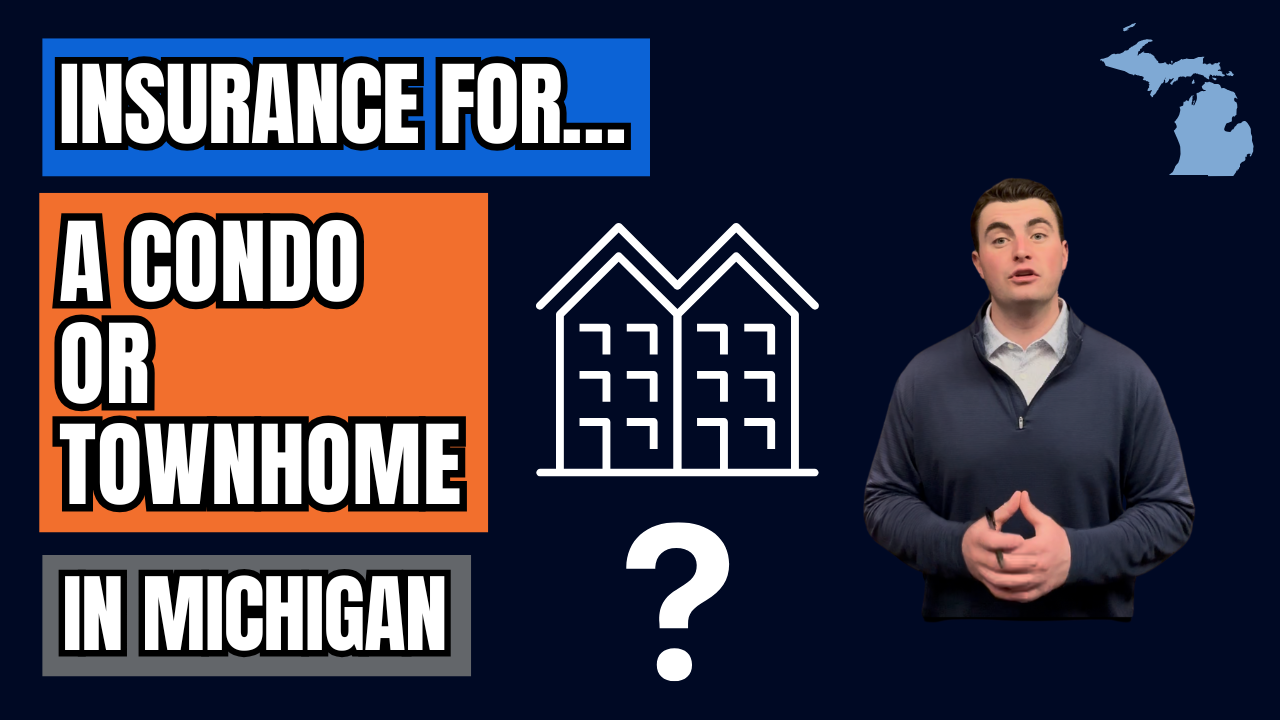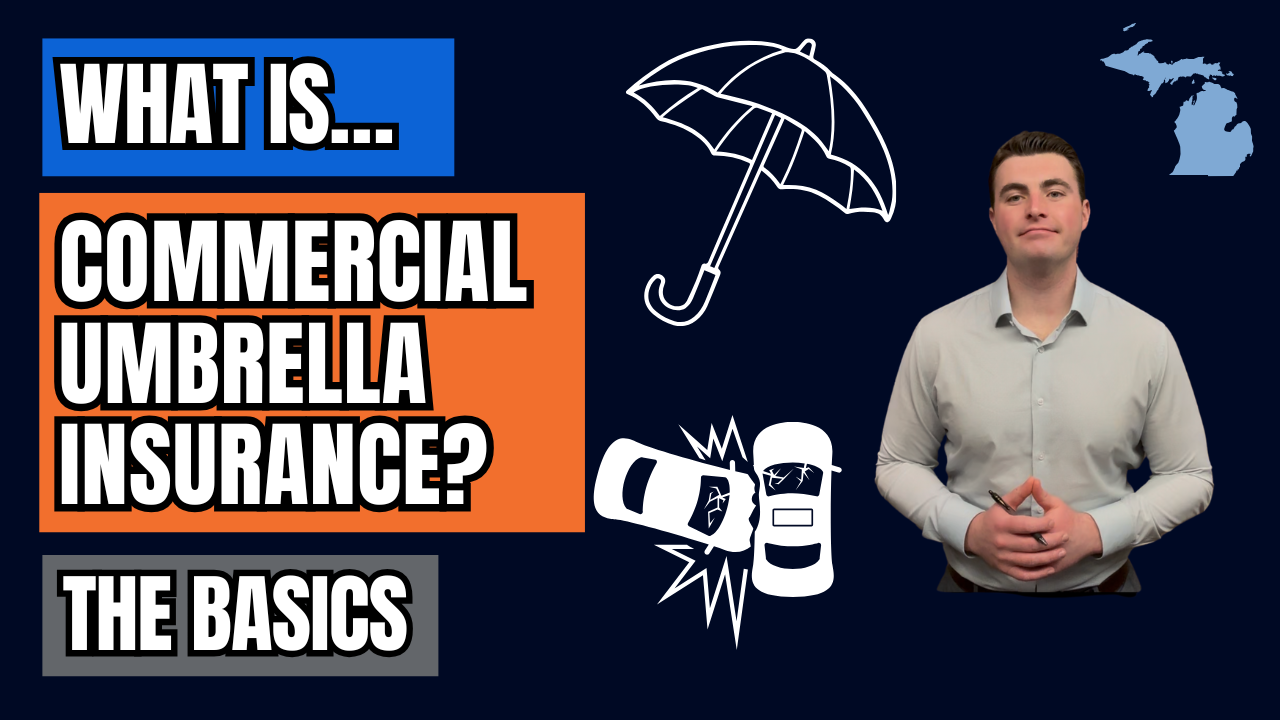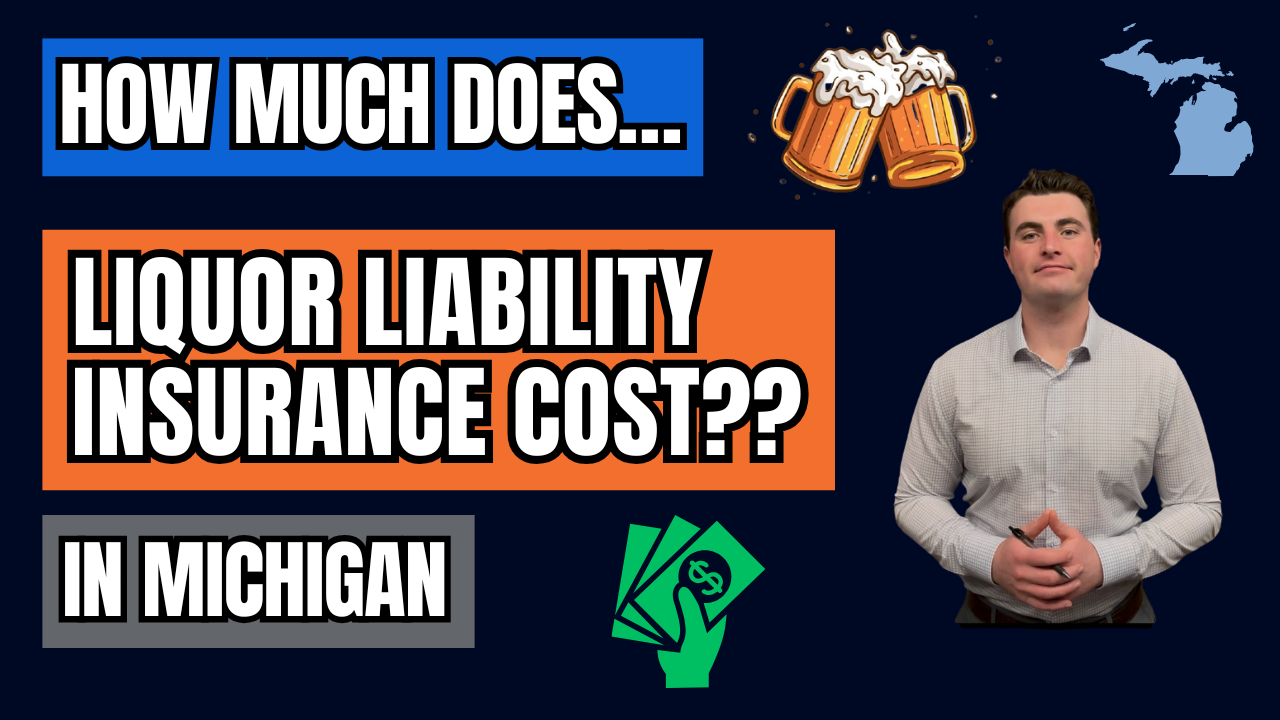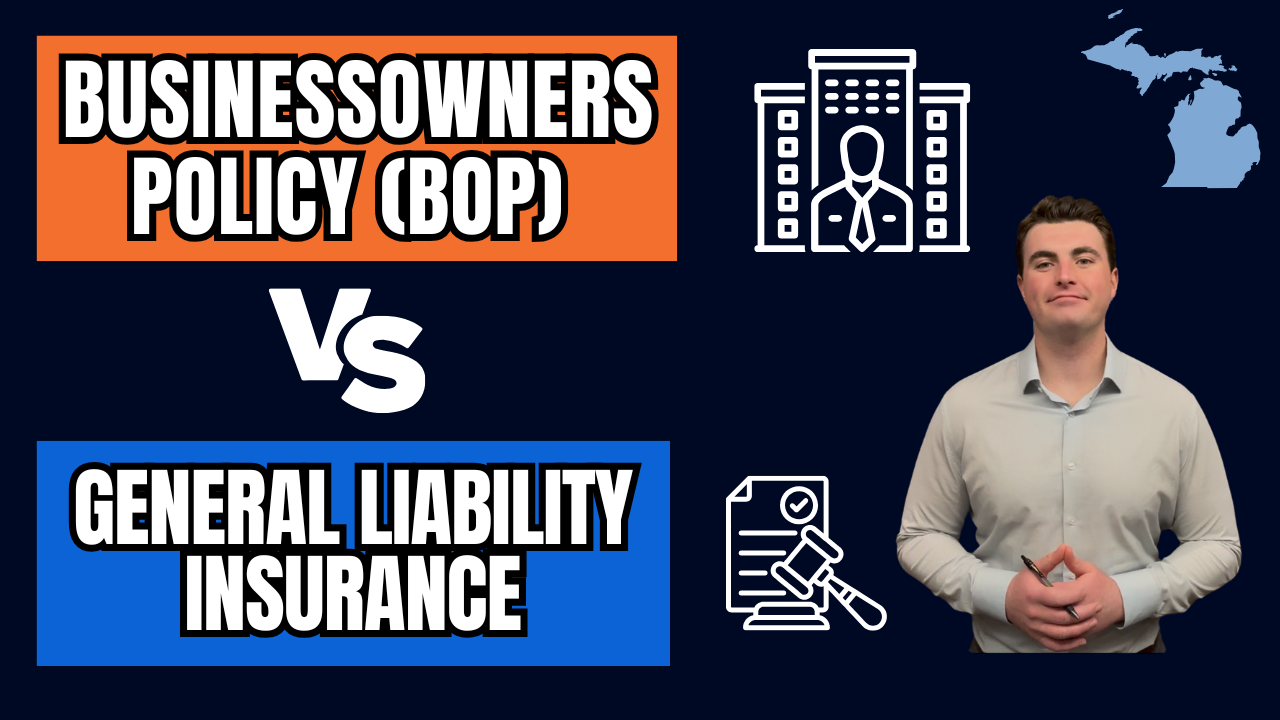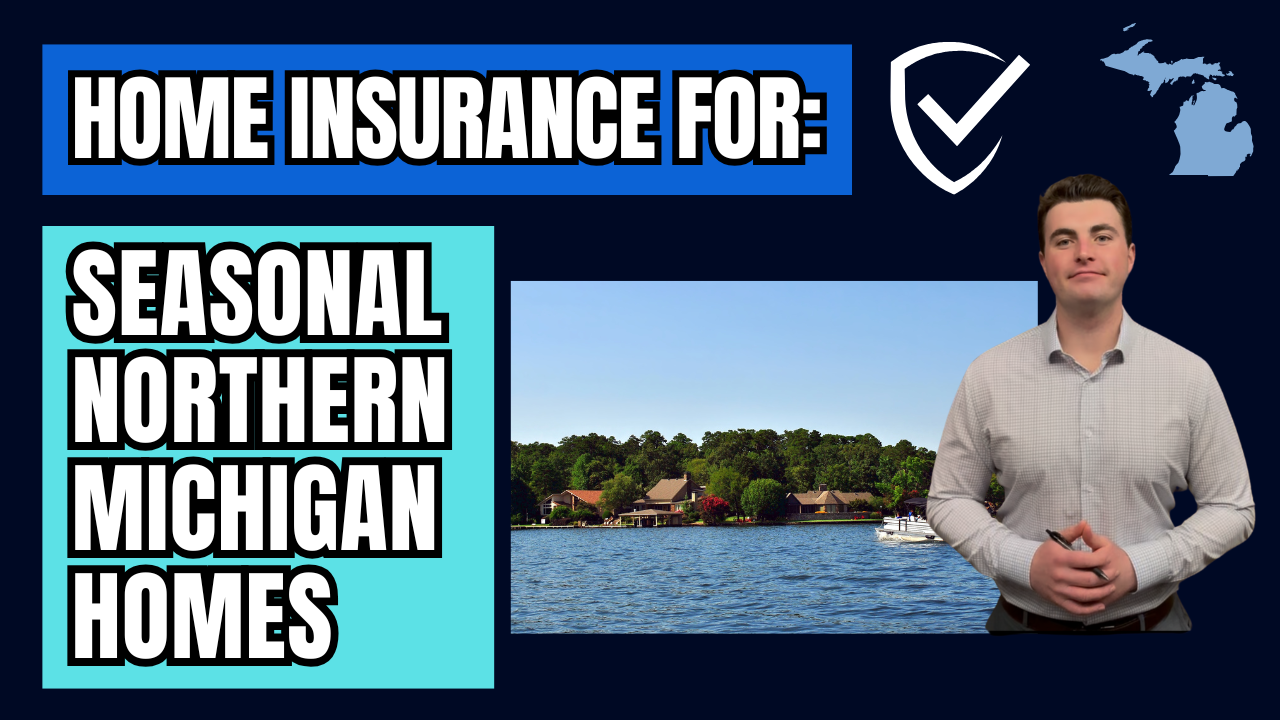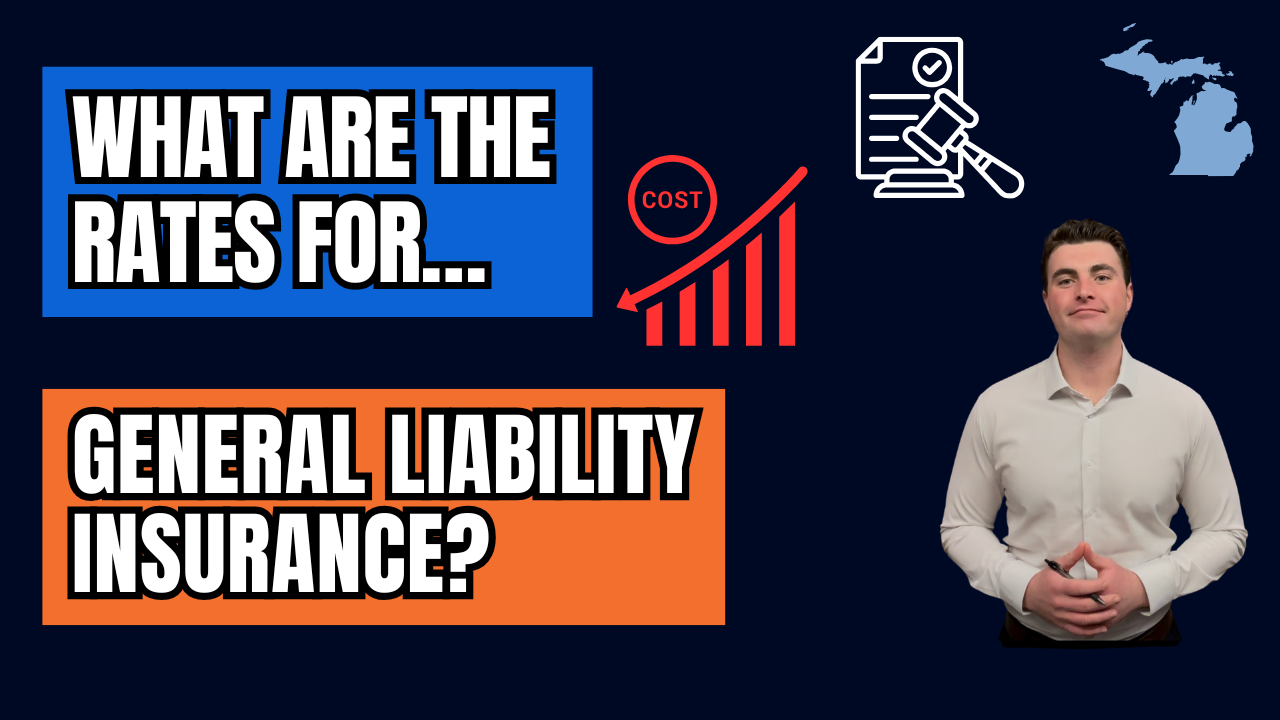Claims-Made vs Occurrence-Based Insurance Policies - What You Need To Know
Claims-Made vs Occurrence-Based Insurance Policies – What You Need to Know
When looking for business insurance or reviewing your current coverage, one of the most important—but often misunderstood—concepts is the difference between claims-made and occurrence-based insurance policies. These two types of policies determine how and when a claim is covered, and choosing the wrong one for your situation can leave you exposed.
In this post, we’ll break down the key differences between claims-made and occurrence-based insurance, how each one works, and what your business needs to consider when choosing the right coverage.
What Is an Occurrence-Based Insurance Policy?
An occurrence-based policy provides coverage based on when the incident actually happens, regardless of when the claim is filed. As long as the incident occurred during the policy’s active period, the policy will respond—even if the claim is filed years later.
Example:
Let’s say a customer injury occurred in March 2022, and your business had an occurrence-based general liability policy in place at that time. Even if the claim isn't filed until March 2024, the policy from 2022 is the one that responds.
Key Benefits of Occurrence-Based Coverage:
- Long-term protection for incidents that occurred during the policy period
- No need for tail coverage or extended reporting
- Often preferred in industries where claims can arise long after the service or incident
What Is a Claims-Made Insurance Policy?
A claims-made policy provides coverage only if the claim is made while the policy is active. It doesn’t matter when the incident happened—the claim must be reported during the policy period for it to be covered.
These policies typically include a retroactive date, which is the earliest point in time an incident can occur and still be eligible for coverage. Anything that happened before the retroactive date is not covered.
Tail Coverage (Extended Reporting Period)
Because claims-made policies don’t automatically cover claims filed after the policy ends, you may need to purchase tail coverage—also known as an extended reporting period—to maintain protection for past incidents once your policy ends or if you switch to another provider.
Example:
If your policy is claims-made with a retroactive date of January 1, 2021, and it expires March 31, 2024, it will only cover claims:
- Made between January 1, 2021 and March 31, 2024
- That are based on incidents occurring after the retroactive date and before the policy end date
Key Differences Between Claims-Made and Occurrence-Based Insurance
The main difference between these two types of policies comes down to when coverage is triggered.
With occurrence-based policies, coverage is triggered by the date the incident actually happened—not when the claim is filed. As long as the incident occurred while the policy was active, you're covered, even if the claim is reported years later. There's no need for extended reporting or "tail" coverage, which makes this option especially appealing for businesses that want long-term protection and peace of mind.
On the other hand, claims-made policies are triggered by the date the claim is made, not necessarily when the incident happened. In order for a claim to be covered, it must be filed while the policy is active and must relate to an incident that occurred after the policy’s retroactive date. If the policy expires or is canceled, any claims made afterward won’t be covered—unless you’ve added tail coverage to extend your reporting period.
Another important distinction is that claims-made policies require a retroactive date, which sets the starting point for when coverage begins. Occurrence-based policies do not have this requirement.
In terms of usage, occurrence-based coverage is more common for general liability and other policies where claims might arise well after the event. Claims-made policies are more commonly used in professional liability, management liability, and similar lines where timing and documentation are tightly managed.
Which One Is Right for Your Business?
The right type of policy depends on the nature of your business, the types of risks you face, and how long claims might take to surface.
- Occurrence-based policies are commonly used for general liability, commercial auto, and property insurance. These policies provide peace of mind that even if a claim arises years later, you’re still protected.
- Claims-made policies are more common in professional liability, errors and omissions (E&O), directors & officers (D&O), and management liability insurance. They can offer lower upfront premiums but require careful attention to dates and potential tail coverage.
Final Thoughts
Understanding the difference between claims-made and occurrence-based insurance policies is crucial for making informed coverage decisions. Don’t assume your policy will respond just because you have coverage today—timing matters.
If you're unsure which type of policy your business has—or which one you should have—reach out to a trusted insurance advisor to review your coverage and make sure you're properly protected.
Need help reviewing your insurance policies or want to better understand what you're covered for?
📞 Contact us today. We’re here to help make insurance simple and stress-free.
Contact Us
We will get back to you as soon as possible.
Please try again later.
